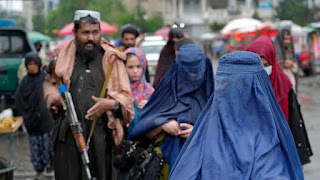The Three Stooges: Realism, Liberalism and Constructivism
I have always been more inclined towards the theoretical aspects of my courses, and when I got this assignment of analyzing a security issue through the lens of a Realist, Liberalist and Constructivist approach to anarchy, an image began to appear in my mind. For the purpose of this blog post, I am personifying these theoretical approaches, and analyzing a security issue through their point of views. The security issue that I have chosen to analyze is the privatization of the military and its role in conflict zones. I recently stumbled onto articles about this phenomena, and how Private Military and Security Companies (PMSCs) are playing an increasingly large role in proliferation and distribution of small arms and engaging in conflict zones. PMSCs started emerging in the 1990s for a myriad of reasons. After the Cold War, the world order was shifting to a unipolar system, and the need for a massive military presence was not as important, because no big war was looming in the...



